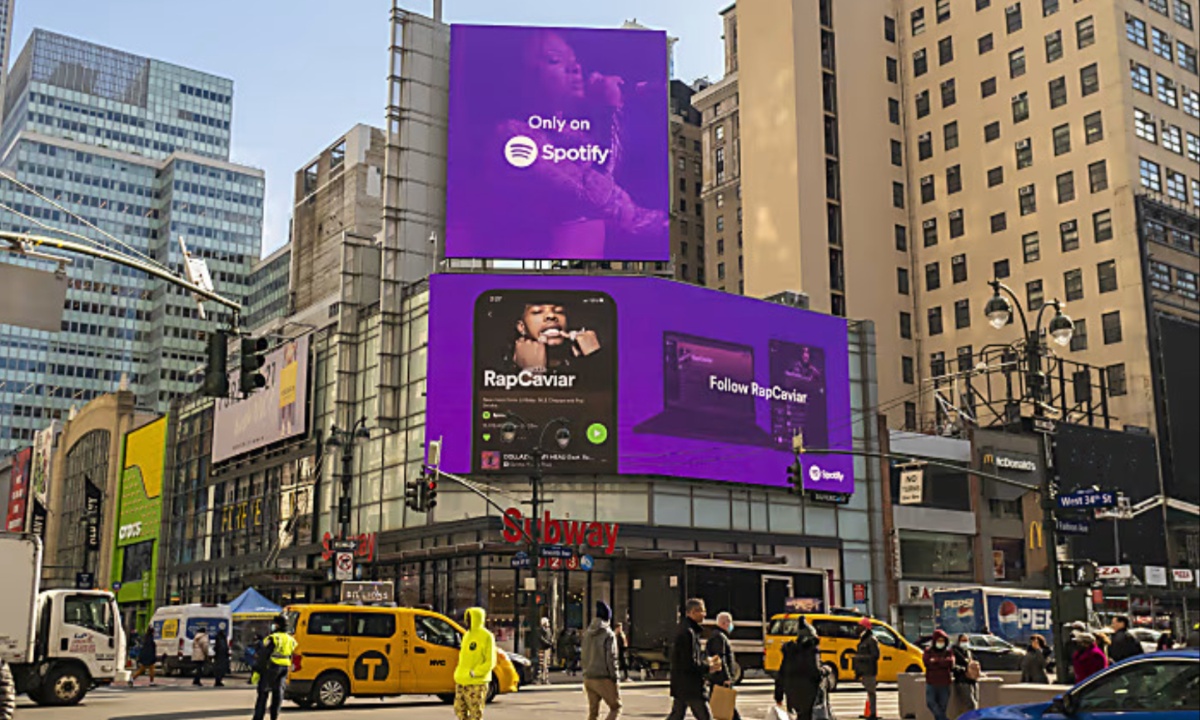The world’s economy has become increasingly unstable, leading to a significant pullback in advertising spending. Marketers have been voicing concerns for weeks as issues like trade tariffs, inflation, and last year’s interest rate hikes make them hesitant to allocate advertising dollars.
The latest data confirms their worries, with U.S. ad spending growth projections being revised downward. According to Brian Wieser of Madison and Wall, non-political ad spending is now expected to grow by just 3.6% in 2024, a decline from the earlier forecast of 4.5%. This signals a growing sense of caution in an unpredictable market.
Short-Term Growth Masks Long-Term Challenges as Advertising Budgets Face Increased Scrutiny
Although the first quarter is projected to show a 4.0% growth rate, this figure is misleading. The growth is being measured against an exceptionally strong first quarter in 2023, which saw a 10.5% surge in ad spending. Such distortions will continue throughout the year, creating the illusion of stability even as ad budgets tighten.
Factors that previously fueled ad growth, such as pandemic-related consumer demand and stimulus-driven spending, are fading, making it difficult to sustain past growth rates. As businesses report weaker earnings and take a cautious approach to spending, the advertising industry must prepare for a slower trajectory.

Despite the slowdown, advertising continues to be a resilient industry. When analyzing long-term trends, ad spending remains stable, even as growth rates decline. For instance, while fourth-quarter growth dropped to 6.0% compared to an 11.2% surge in Q4 2023, the overall trend remains positive.
However, a major challenge is the increasing short-term focus of marketers, who are less willing to commit to long-term budgets in uncertain conditions. Wieser warns that in such an environment, advertising budgets are often the first to be reduced as companies tighten their spending.
Digital Media Thrives as Traditional TV Struggles Amid Shifting Advertising Trends
One of the few bright spots in the advertising industry is digital media, which has maintained steady growth despite economic turbulence. Digital ad spending increased by 14.2% in the fourth quarter, with search and social media leading the way. Conversely, traditional TV advertising continues to struggle, with ad revenue slipping by 0.9% in the fourth quarter and barely growing for the year.
Streaming services like Amazon and Netflix, which now account for 13% of all national TV ad spending, are further eating into traditional broadcasters’ revenue. This shift highlights the growing preference for digital platforms over traditional media channels.
As advertising budgets tighten, brands are reallocating their spending toward channels that offer clear returns on investment. Digital media, with its strong measurement capabilities, is becoming the preferred choice over traditional formats like TV.
Commerce media, particularly Amazon and Walmart’s retail media networks, continues to attract investment, growing by 14.8% in the fourth quarter and 17.2% for the year. However, with economic policies in flux, uncertainty remains high. In such conditions, advertising budgets are often the first to be cut, making it critical for marketers to focus on adaptable and data-driven strategies.




